Tell Westminster: for cleaner air, we need less traffic
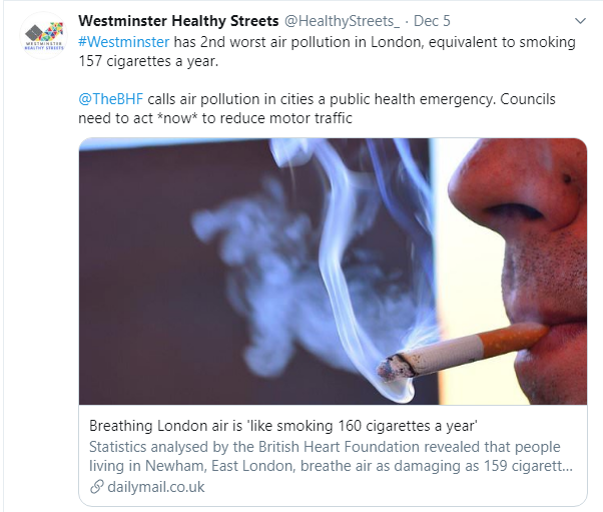
Westminster’s air pollution is the second worst in London, and most of it comes from traffic. So why are there no plans to reduce traffic, or boost walking and cycling, in the council’s Air Quality Action Plan?
Westminster City Council needs to:
- Set a target to reduce motor traffic overall - not just encourage lower emission vehicles - with measures like low traffic neighbourhoods.
- Remove barriers to all-age walking and cycling across Westminster - to make non-polluting active travel the natural choice for short journeys.
Respond now
Take action if you live, work or study in Westminster! For a quick response, go through the survey (takes about two minutes) and add a comment in the box in Question 3 on transport. In your own words please say that the council should set a target to reduce motor traffic and increase walking and cycling.
Please complete the survey by 6 March. And if you want healthy streets in Westminster, join our mailing list to show your support - all of our asks are about reducing motor traffic and reclaiming streets for people!
Our own response is here. For more details read on.
What’s wrong with the action plan?
These are Westminster's five key actions on transport, the main source of the borough's air pollution (p.32):
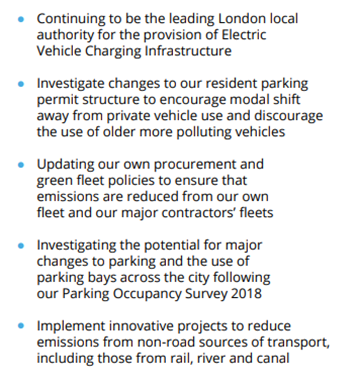
1. No specific goal to reduce motor traffic
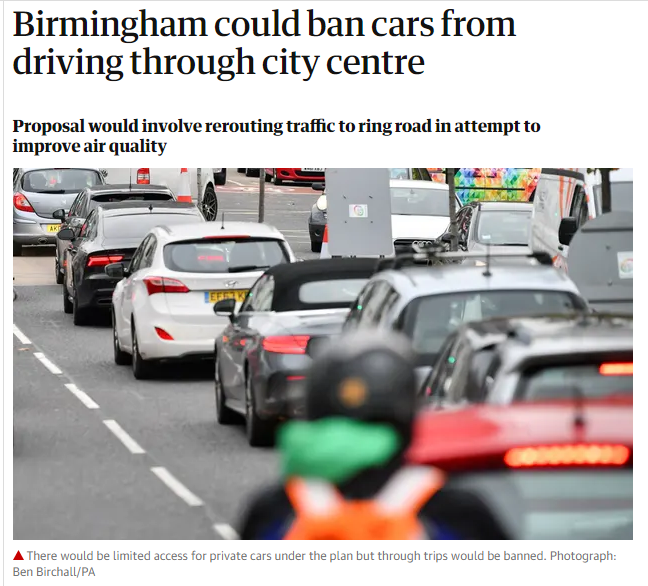
Across the UK, cities are planning to radically reduce motor traffic, not just discourage the dirtiest vehicles. Birmingham is one of the latest (see above). The City of London has an explicit strategy to reduce motor traffic and has already cut it by 25%.
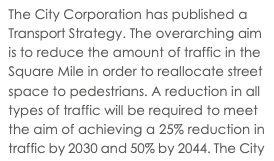
Low traffic neighbourhoods - not just low emission neighbourhoods - are being rolled out across London, closing roads to through traffic. They are the main plank of Waltham Forest's transport strategy, and have seen illegal air pollution plummet. The images below show numbers of households exposed to illegal levels of nitrogen dioxide in Waltham Forest in 2007 and 2017. See this report.
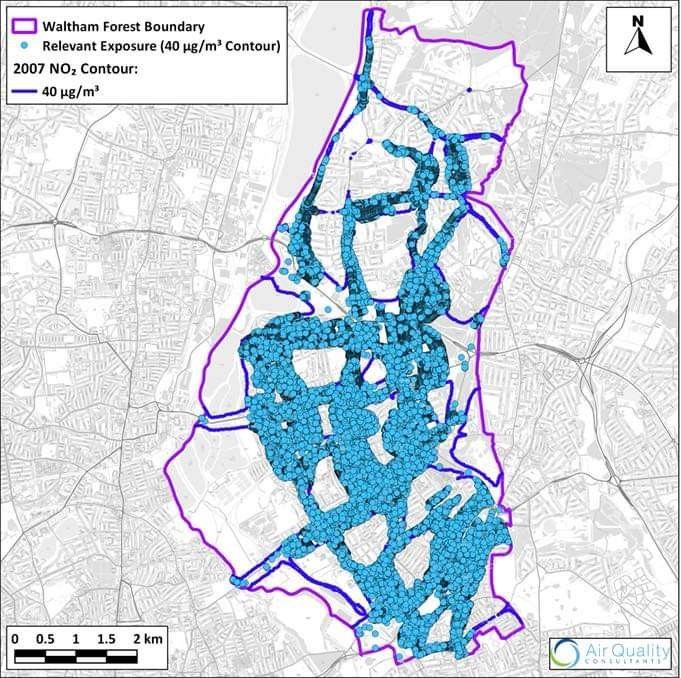
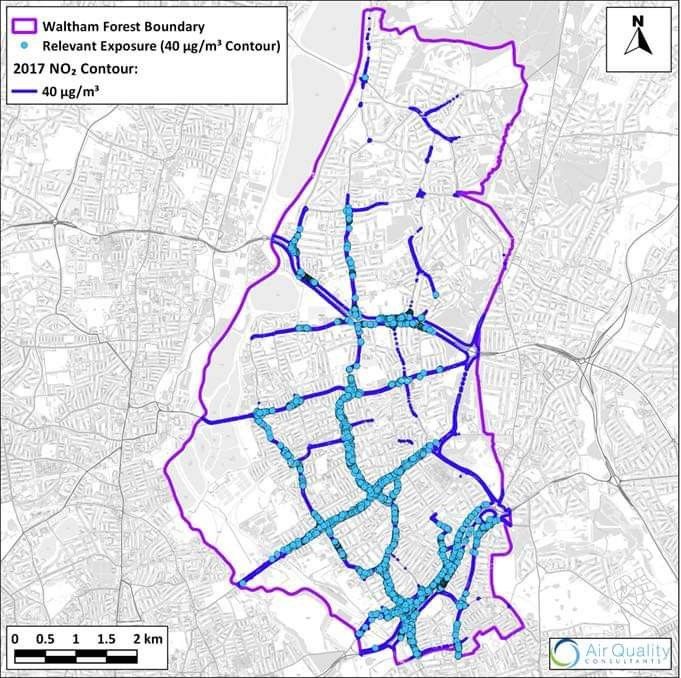
So why not in Westminster?
2. Over reliance on lower emission vehicles
Despite the introduction saying that electric vehicles are not a ‘silver bullet’, lower emission vehicles seem to be the main plank of Westminster's strategy. Charging infrastructure for electric vehicles is the first key action in the transport section (which is illustrated with a photo of an electric car).
Electric vehicles are preferable to petrol or diesel, but they're only part of the answer:
- They still pollute – putting more than 50% of particulates of conventional vehicles into the air
- They don’t solve the problems of congestion, road danger or physical inactivity.
The plan says, “electric vehicles need to be encouraged as part of a wider road user hierarchy that ... prioritises modal shift away from private vehicle use to walking, cycling and public transport use”. We agree! So why are there no specific actions to achieve this? Changing parking charges won't be enough. "Major changes to parking" sounds promising, but vague.
3. No action for walking and cycling
Many of Westminster’s streets do not invite walking or cycling. There are too many barriers to active travel - wide, busy roads that prioritise motor traffic, not enough safe crossings or protected bike lanes, too much rat running. If Westminster made walking and cycling safe and direct across the borough – for any 8-year-old and her grandmother – we would see a huge increase in both modes. Why are there no actions on this?
Westminster's existing cycle infrastructure shows its ability to reduce air pollution. Lower Thames Street saw pollution drop within legal limits of NO2 for the first time after the east-west cycleway was installed.
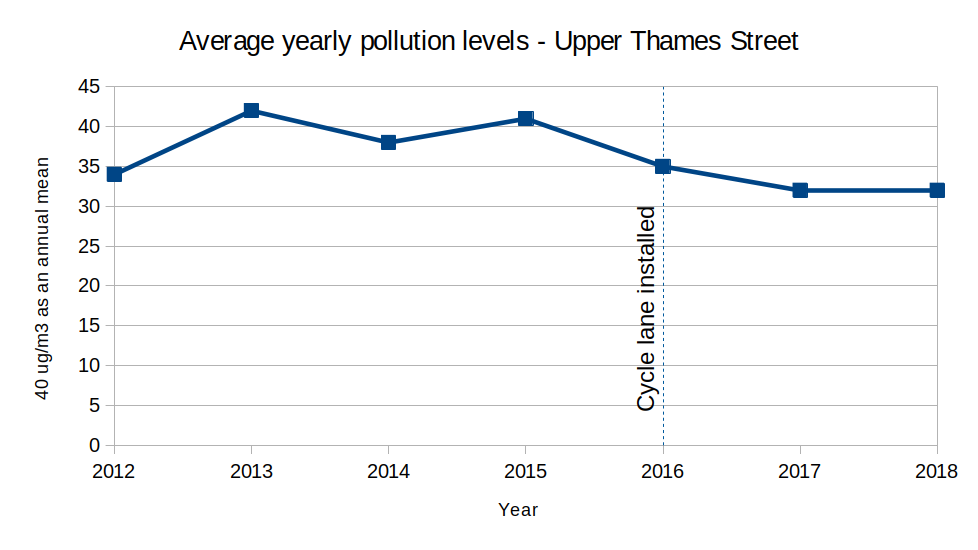
The City of London, meanwhile, sets out to 'reallocate street space to pedestrians' (see above) and cycling is a vital part of its Air Quality Strategy:
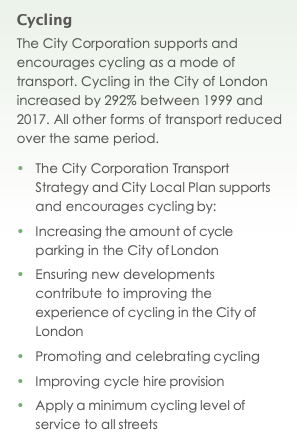
4. Shirking responsibility?
Westminster City Council suggests there's not much it can do:
“Road transport is ... an area of emissions that we as a local authority have only limited control over" - Air Quality Action Plan, p.32
We beg to differ. Local authorities control 95% of London's roads, and other London boroughs have been able to make significant changes to improve air quality. So could Westminster.
Waltham Forest cut the number of households exposed to illegal levels of NO2 from 58,000 to 6,300 between 2007 and 2017 (see above). As well as creating low traffic neighbourhoods, they built bike lanes, reclaimed road space for parklets, pedestrianised high streets and more. Watch a short video here.
5. But it's not all bad...
The plans for air quality around schools (p. 35) look promising, so long as they translate into robust action like 'school streets' (closed to traffic at school run hours). So far Westminster only has one school street, while Hackney has 9 and is aiming for 17 by 2021.
Our consultation response
Please see this link for our full response to the consultation.